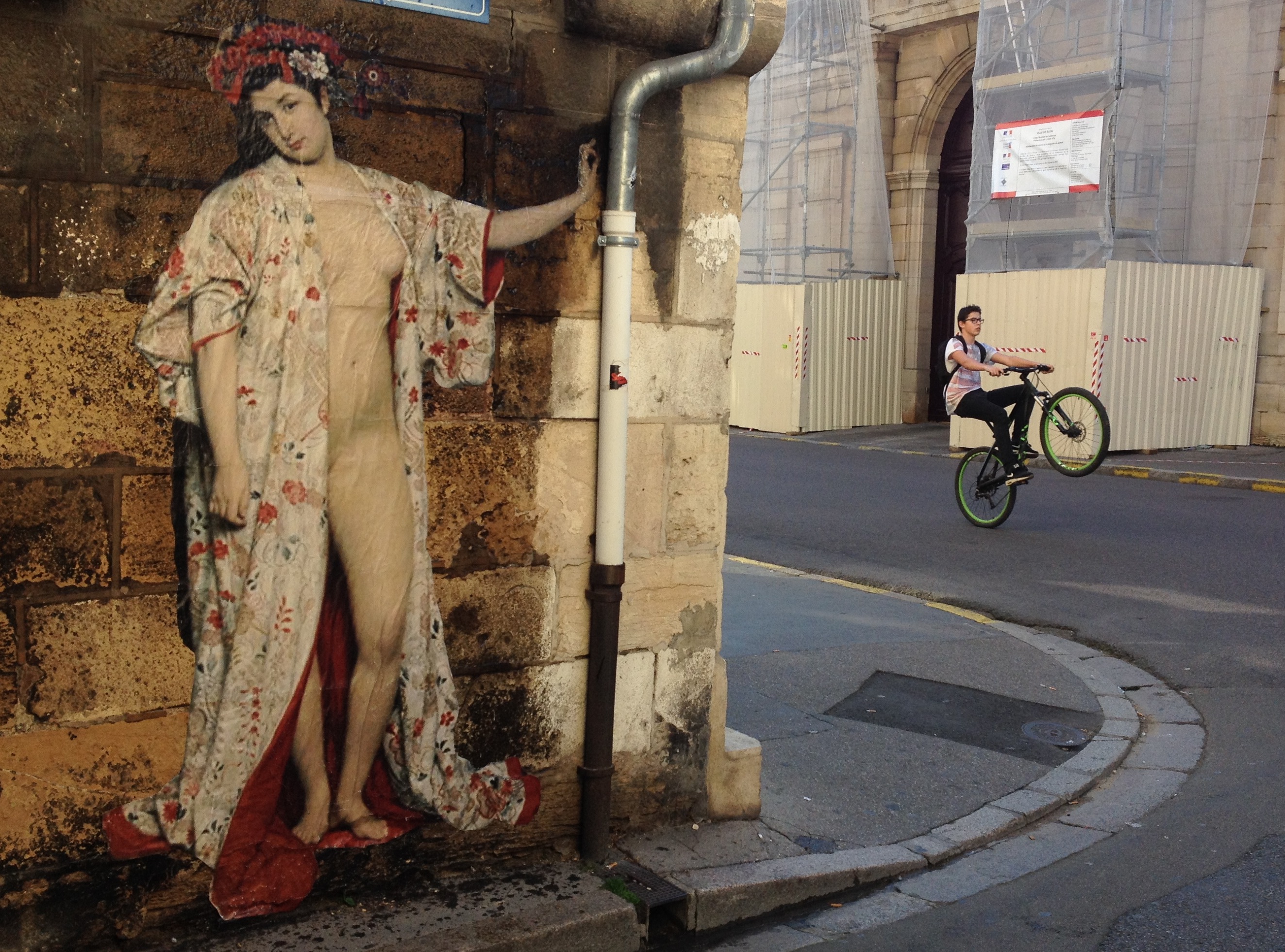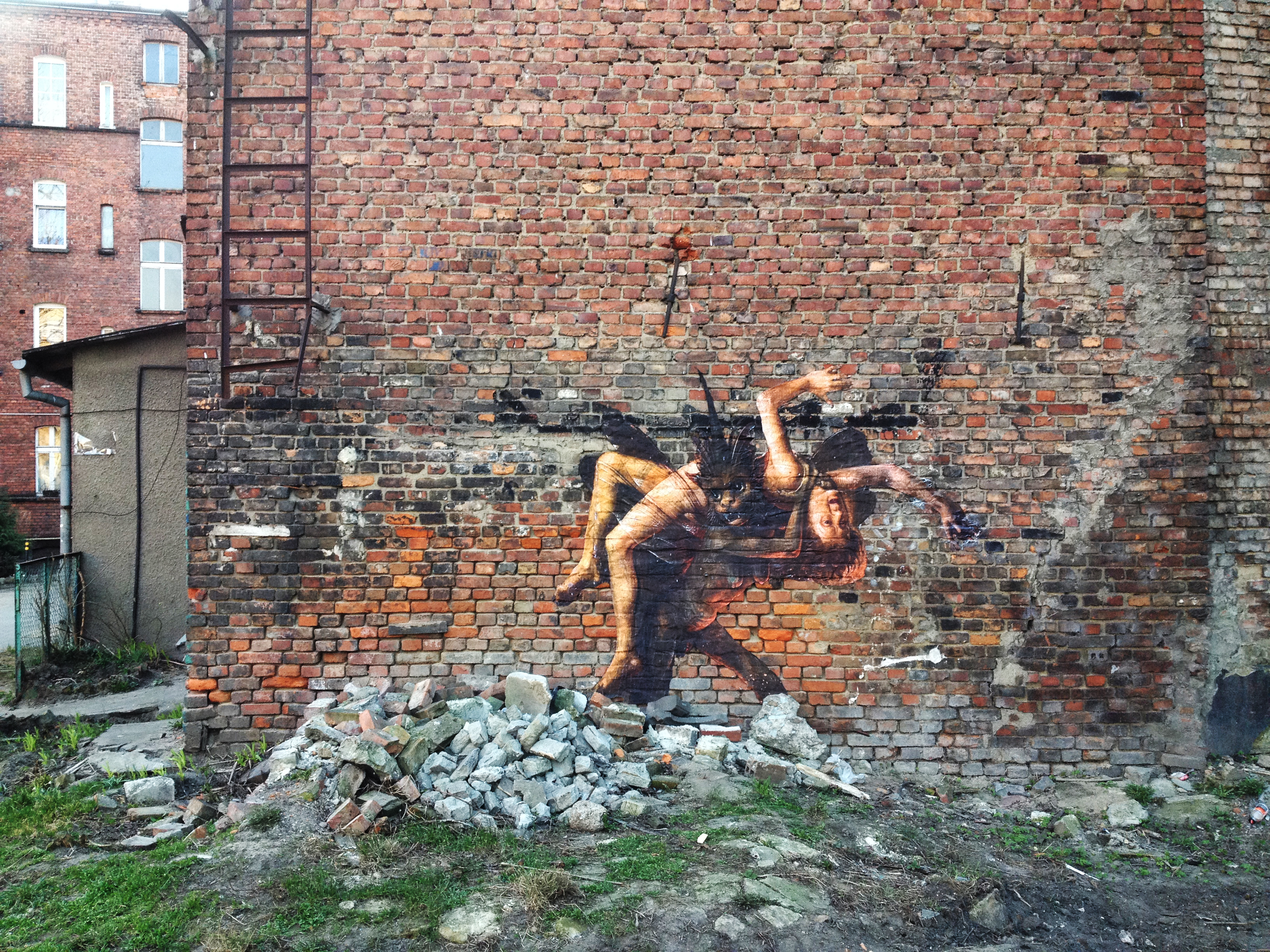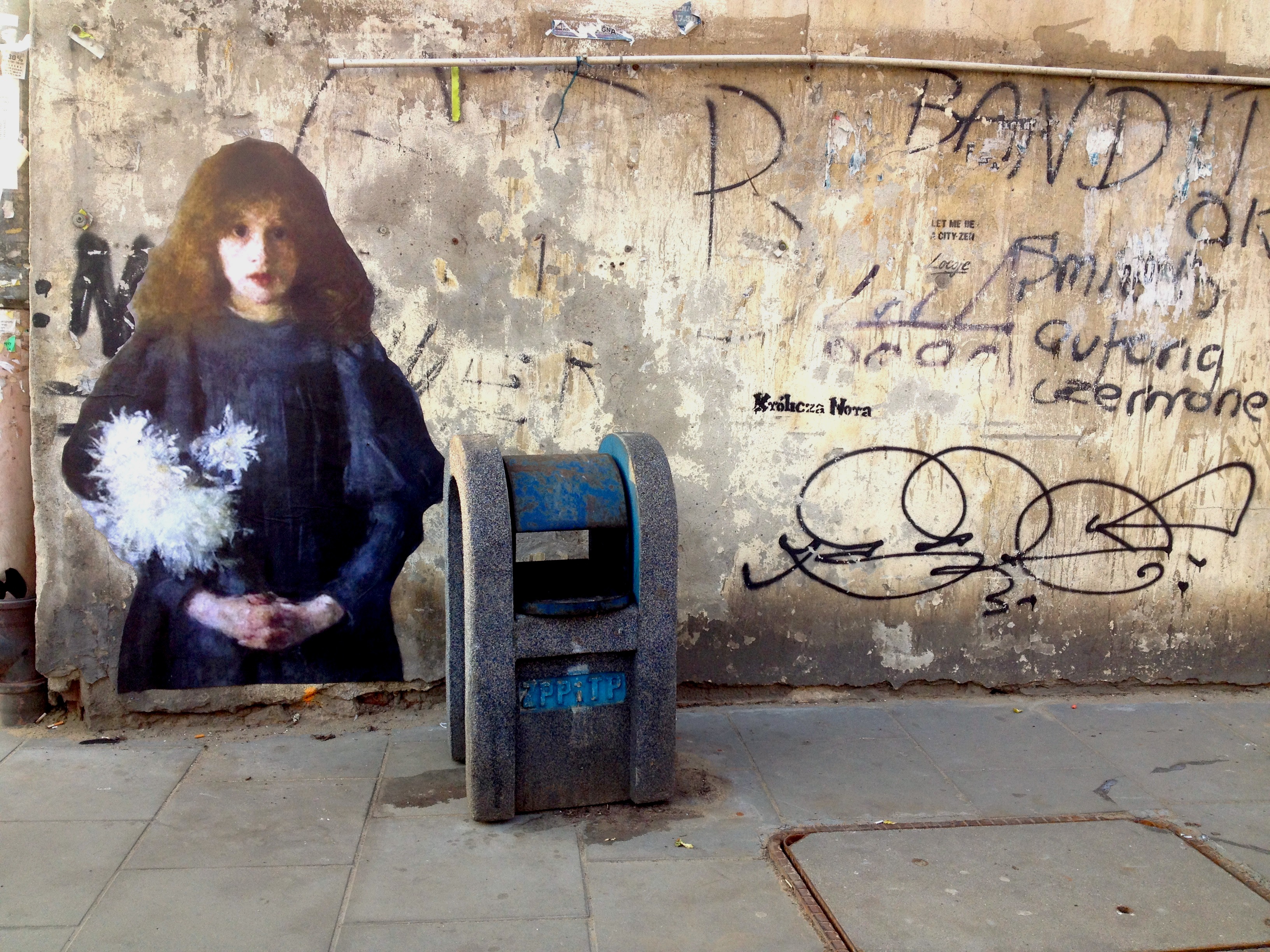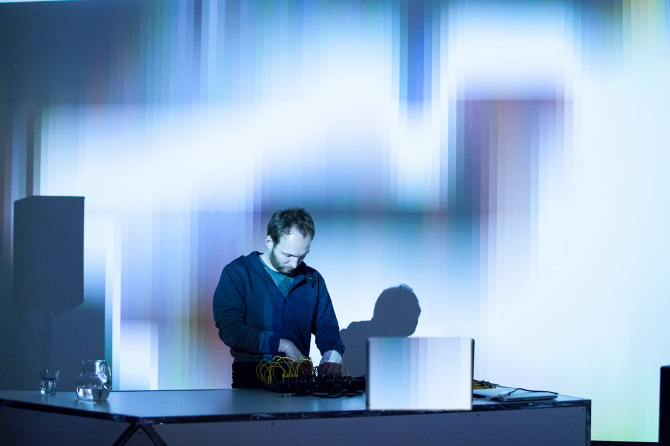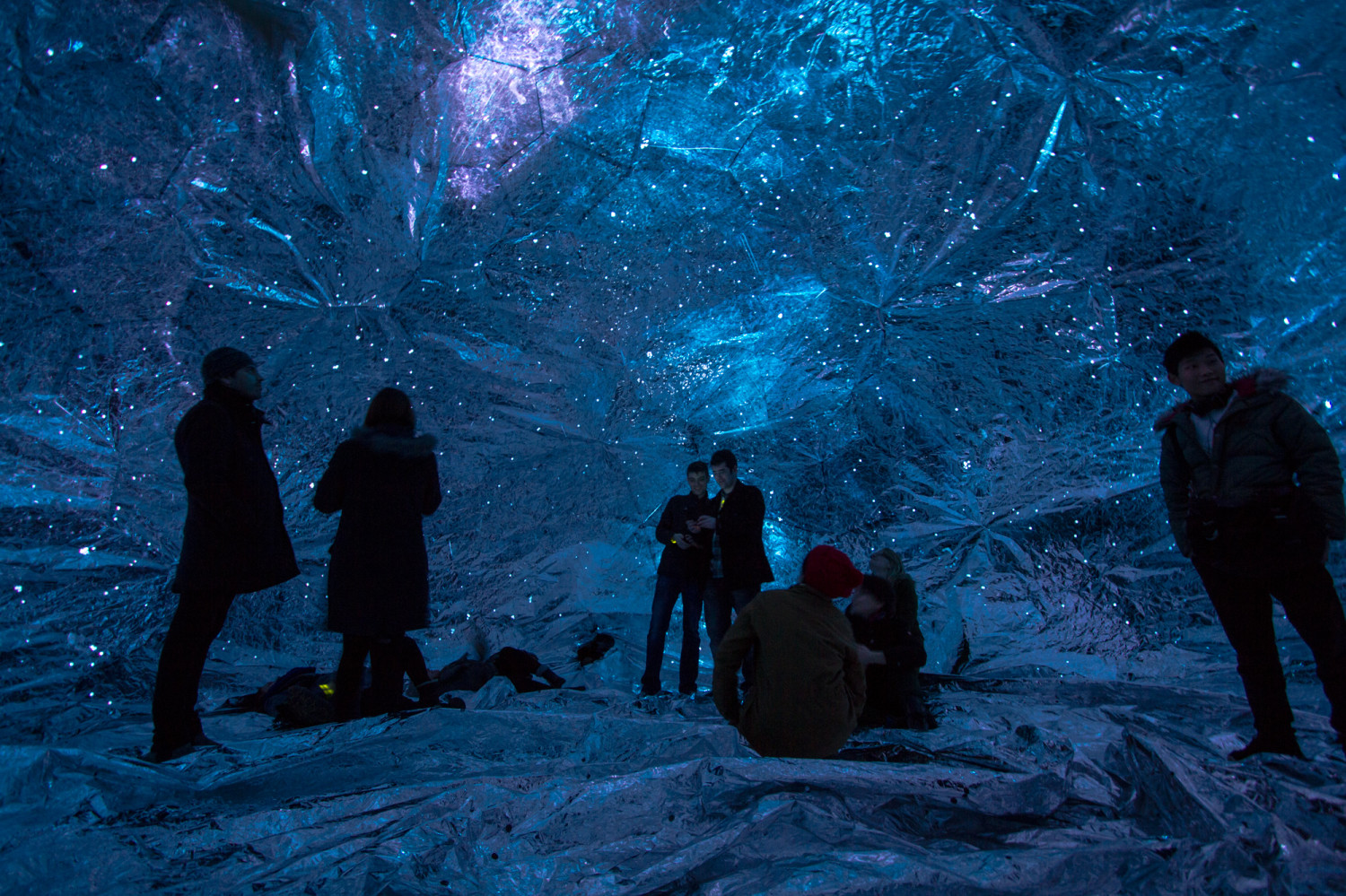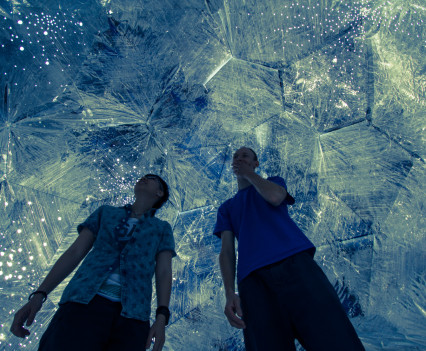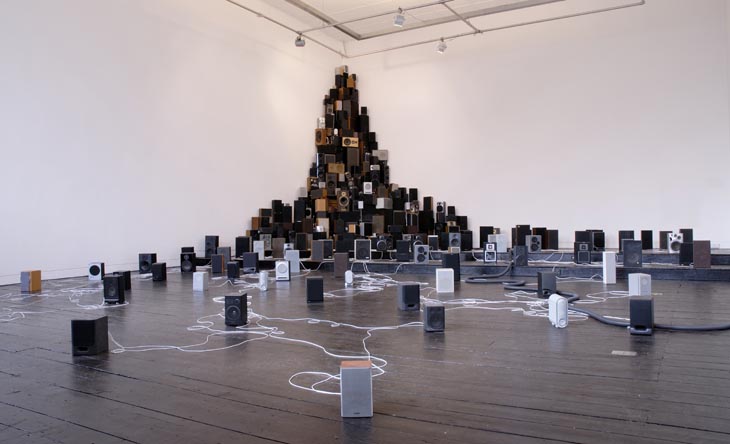A new work by Ronald van der Meijs.
Notes from the author:
This project is a first start for a new sound research project into the diversity of clouds, sun and wind in order to create a sort of ‘natural sequencer’ for an outside sound installation. This site specific instrument consists out of seven solar powered bass organ pipe units interacting on the brightness of the sun to control the loudness of the sound. In this way passing clouds form a natural sequencer for this installation. Each organ pipe unit is catching the wind with one of the 5 smal sails, controlled by a system of pulley wheels and counter weights for pitching the sound of each organ pipe by a moving valve.
The weather conditions of the island determine how the sounds and its composition evolves as a constant changing requiem for the West Vlieland village which disappeared into the North Sea in 1736. As for this village the installation is completely handed over to the unpredictability of the weather. This plays a major part in the concept of this sound installation; one has to accept the weather conditions in al its appearances. This means that it needs sun, clouds and wind to produce a variety of sounds. So if there is no sun at all there is no sound to produce. What is left in this situation is the sound of nature itself.
The work has been installed on the Dutch island of Vlieland (53°18’02.3″N – 5°05’12.0”E) from July 22th to aug 30th 2017

